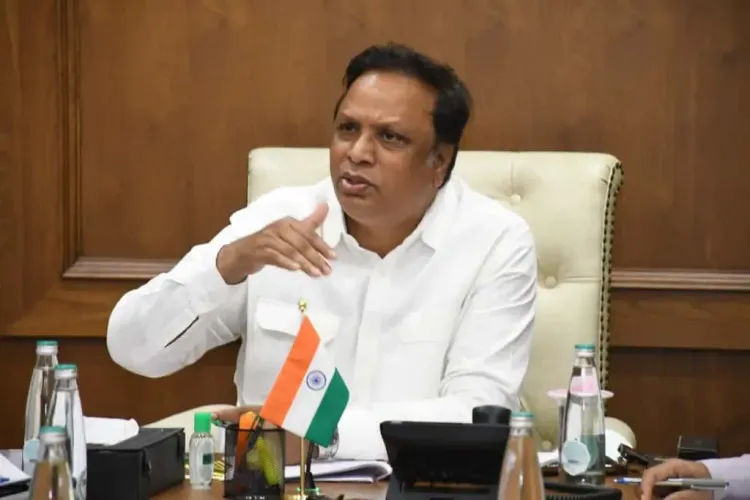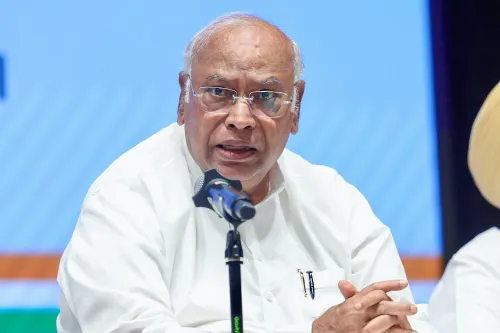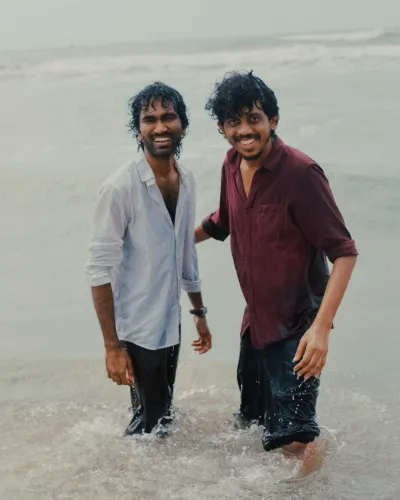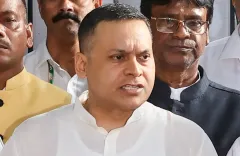How is the Maha government planning to conserve temples, state-protected forts, and stepwells?

Synopsis
Key Takeaways
- Comprehensive Plan: Conservation of 500 temples, 60 forts, and 1,800 stepwells.
- Expert Involvement: Collaboration with specialists in relevant fields.
- Funding Strategies: Exploration of PPP models and international funding.
- Destination Management: Establishment of organizations for effective heritage promotion.
- Community Engagement: Invitation for public support and guidance.
Mumbai, Oct 16 (NationPress) Maharashtra's Cultural Affairs Minister Ashish Shelar announced on Thursday that the state government has developed a detailed strategy for the conservation of 500 temples, 60 state-protected forts, and 1,800 stepwells ('baravs') throughout Maharashtra, aiming to safeguard the state's vibrant cultural heritage.
"This initiative will prioritize preservation, restoration, and the enhancement of tourism at these historical sites. The Archaeology Department will serve as the lead agency for this initiative, working in partnership with Maitree. Additionally, an integrated master plan for heritage conservation in three districts—Pune, Chhatrapati Sambhajinagar, and Nashik—is set to be developed," he stated after chairing a meeting on the matter.
According to Minister Shelar, "Maharashtra is endowed with a magnificent history and heritage. Our temples, forts, and stepwells are a source of pride. Thus, there is an urgent need for a well-organized and timely plan for their conservation and preservation."
He further requested that 350 non-protected forts also be included in this plan, alongside state-protected monuments.
"Sufficient funding should be allocated for conservation activities, and the potential for Public-Private Partnerships (PPP) should be investigated. If necessary, a dedicated policy for private involvement should be established," he added.
As per the Minister, the government will enlist specialists in history, architecture, archaeology, conservation, and management to guarantee a structured and high-quality implementation.
A Project Implementation Unit (PIU) will be formed, and four contractual officers will be recruited through open advertisement, as stated by Minister Shelar.
During this meeting, it was also resolved to formally establish this committee by December 15.
Minister Shelar mentioned that the process of creating a destination management organization for the conservation and cultural promotion of historical sites in Pune, Chhatrapati Sambhajinagar, and Nashik districts will commence.
Plans will also be prepared for historical sites, temples, and forts in each district, focusing on preservation, maintenance, and boosting tourism.
He directed that these district-level strategies be developed by the Archaeology Department with the support of Maitree and in consultation with the respective District Collectors.
"Once the extensive plans are finalized within the next two years, funds will be secured through existing PPP models, government allocations, and, if necessary, through international entities like the World Bank and the Asian Development Bank (ADB). The Maharashtra Institution for Transformation (MITRA) will assist in preparing a funding roadmap," he said.
He also instructed that while these plans are being devised, the first phase of implementation should commence by March, targeting 15 selected heritage sites, including five stepwells, temples, and forts each, under a destination management framework with appropriate fund mobilization.
"This extensive heritage conservation and management strategy, under the leadership of Chief Minister Devendra Fadnavis and in collaboration with the state government, Cultural Affairs Department, Archaeology Department, and MITRA, signifies a significant step towards systematic heritage preservation across Maharashtra," said Minister Shelar. He added, "Following the inclusion of 11 forts in Maharashtra and one in Tamil Nadu linked to Chhatrapati Shivaji Maharaj in the UNESCO World Heritage list, the state is embarking on a broader mission to protect its cultural treasures through this integrated master plan."
Minister Shelar urged citizens, heritage enthusiasts, and organizations involved in fort and cultural conservation to offer their support and guidance for this monumental initiative.









